9 Essential Items To Bring On Dives For Increased Safety
Disclosure: This post may contain affiliate links, which means that DIVEMONDO may receive a small commission if you make a purchase using these links. As an Amazon Associate this website earn from qualifying purchases.
Whether you are new to scuba diving or an experienced diver, safety should always be paramount when you dip below the ocean’s surface. You can improve your underwater safety by training and learning more, but there are a few things you can take with you to help keep yourself safer and help you enjoy your dives with peace of mind. Just as it’s second nature to wear a seatbelt whilst driving, it should be second nature to ensure you have these essential items in your dive bag.
1. Whistle
Low-tech, cheap, small, and lightweight. There are no reasons not to have a whistle with you on a dive. It’s a very simple piece of equipment and can easily be attached to your BCD. In the event you surface a little farther away from the dive boat than you anticipated, a whistle is a very simple-yet-effective way of getting the attention of your dive boat.
When selecting a whistle, you should look for one that is intended to be used as a signaling whistle rather than one that is for use by sports referees. Signaling whistles are much louder and are much better suited to the task of gaining the attention of a distant boat.
[content-egg-block template=offers_list next=1]
2. Compass
Also low-tech and affordable, a dive compass is another piece of equipment that you should have with you on every dive. It’s very easy to become a little disorientated underwater and to lose track of which direction is which, and a simple compass can quickly help you re-orientate yourself and get your navigation back on track.
Compass skills are taught as part of entry-level certification courses, and their use is pretty straightforward. Diving in low visibility or on unfamiliar dive sites makes a compass even more essential, but even in favorable conditions, it’s always a good idea to have one with you underwater. Many modern dive computers have in-built electronic compasses, but if your computer doesn’t have this function, you should look to invest in a compass that you can mount on your wrist, console, or even your dive computer’s strap.
[content-egg-block template=offers_list next=1]
3. Pointing Stick
They’re called pointing sticks, not poking sticks! You shouldn’t be poking anything underwater, but if you need to get your buddy’s attention, banging your tank with a pointing stick is a very simple-yet-effective way of doing so. The metal-on-metal sound produced carries a decent distance underwater, and it should be audible to your buddy. You should always establish communication procedures before a dive, and this should also include how you would signal that you need your buddy’s attention.
Other types of tank bangers are also available, as are a range of different noise-making devices, such as the air horn. Air horns that attach to your LPI hose make a very loud noise, but are intended more for use on the surface to signal your boat.
[content-egg-block template=offers_list next=1]
4. SMB
An SMB, otherwise known as a safety sausage, is another cheap and small piece of equipment that you should have with you on every dive. Having a SMB in your BCD pocket is very good practice. There’s always the chance of surfacing farther away from your boat than you intended, and an SMB is a great way of getting the attention of the captain. Using an SMB at the surface is a very simple skill; you just need to inflate it with your second stage and then pull the bottom below the surface to make it stand upright.
If you plan to dive in areas with strong currents, you should consider using a dSMB. The “d” stands for “deployable” and simply means that the SMB is deployed from underwater rather than on the surface. To do this, you will also need a reel or spool to attach to the SMB. A dSMB is a great idea for areas with heavy boat traffic or strong currents.
[content-egg-block template=offers_list next=1]
5. Cutting Tool
Cutting tools are available in a range of designs and styles, and it’s always a good idea to have one with you on a dive. If you are planning to dive in areas where you may encounter discarded fishing nets and lines, having a tool to cut through these items should you become entangled is essential. It’s also possible to become entangled in certain marine plants, such as kelp, and diving in such areas should also not be undertaken without a sturdy cutting tool.
Different options for cutting tools include knives, scissors, and line cutters. Be aware of the potential hazards in your dive area and select a cutting tool that is best suited to the type of hazards you are more likely to encounter on your dives. Monofilament (fishing lines), fishing nets, kelp, paracord, thicker ropes, and webbing are all different materials that you could need a cutting tool for, but not all are encountered everywhere.
[content-egg-block template=offers_list next=1]
6. Torch/Flashlight
While essential on night dives or penetration dives, a simple dive torch should be part of your equipment for every dive. In addition to being a good way to signal to your buddy or to the dive boat, they are also useful for investigating cracks and crevices on the reef to find cool critters.
From a safety point of view, having a small torch in your BCD pocket could come in handy to surface signal the boat, especially if you are doing late afternoon dives as the day’s light is fading. For night dives, they are wholly essential, and you can also use them in conjunction with your SMB to signal to your dive boat. Inflate your SMB first, then shine the light into it from the bottom, which will illuminate the SMB and make it much easier to spot.
For night dives, it’s also a good idea to have a torch with a strobe function. If you’re on the surface away from your boat, the rapid flashes of a strobing torch are easy to see from a distance.
[content-egg-block template=offers_list next=1]
7. Spare Air
Checking your air supply on a regular basis should be second nature to all divers, but having a backup supply is also a very good idea. Gauges can malfunction, and diver error can lead to out-of-gas emergencies. Carrying an extra air supply on a dive could just get you out of a pickle.
A Spare Air is a small, compact redundant air supply for out-of-air-emergencies. They hold enough air to get you to the surface safely if your main air supply suddenly runs out. The Spare Air unit easily attaches to your BCD and refills from your own SCUBA tank with the included refill adapter. Depending on the type and depth of diving being done, some divers even opt to carry a pony bottle with a higher internal capacity.
8. Satellite Communicator
Anyone who has seen the 2003 movie Open Water will understand the appeal of having a satellite communicator with you when you dive. In the movie, which is loosely based on a true story, a couple is left behind by their dive boat when diving on the Great Barrier Reef in Australia. A satellite communicator allows you to communicate with your boat at a distance, should the need arise.
They don’t work underwater, but if you were to find yourself in a similar position to the protangonists in the Open Water movie, you would be able to message your boat from the surface. The Garmin inReach® Mini 2 with a Mini Dive Case is an excellent example of a satellite communicator.
The Garmin device also allows you to send an SOS message directly to their coordination center, which will then spring into action and send help your way. They are also used on land, for example, for trekking, and if you plan to dive with it, you will also need the Mini Dive Case, which will protect the unit to a depth of 100 meters (10 ATM).
[content-egg-block template=offers_list next=1]
9. Submersible Strobe
When diving at night or in low visibility, submersible strobes are a great tool to designate the up-line, or, in an emergency, they can be attached to your BCD and used to signal your location. Submersible strobes offer a bright, steady light and are specifically made for visibility from every angle. The strobes provide a spectacular 360° blast of bright light, not just a “blinking light,” as some dive torches have. These lights can be used on land or in water, and even in daylight. When used in daylight, their range is more limited, but they can still be seen from a reasonable distance.
[content-egg-block template=offers_list next=1]
Check out our post about 12 Scuba Diving Safety Tips to Keep You Safe.
Disclosure: This post may contain affiliate links, which means that DIVEMONDO may receive a small commission if you make a purchase using these links. As an Amazon Associate this website earn from qualifying purchases.

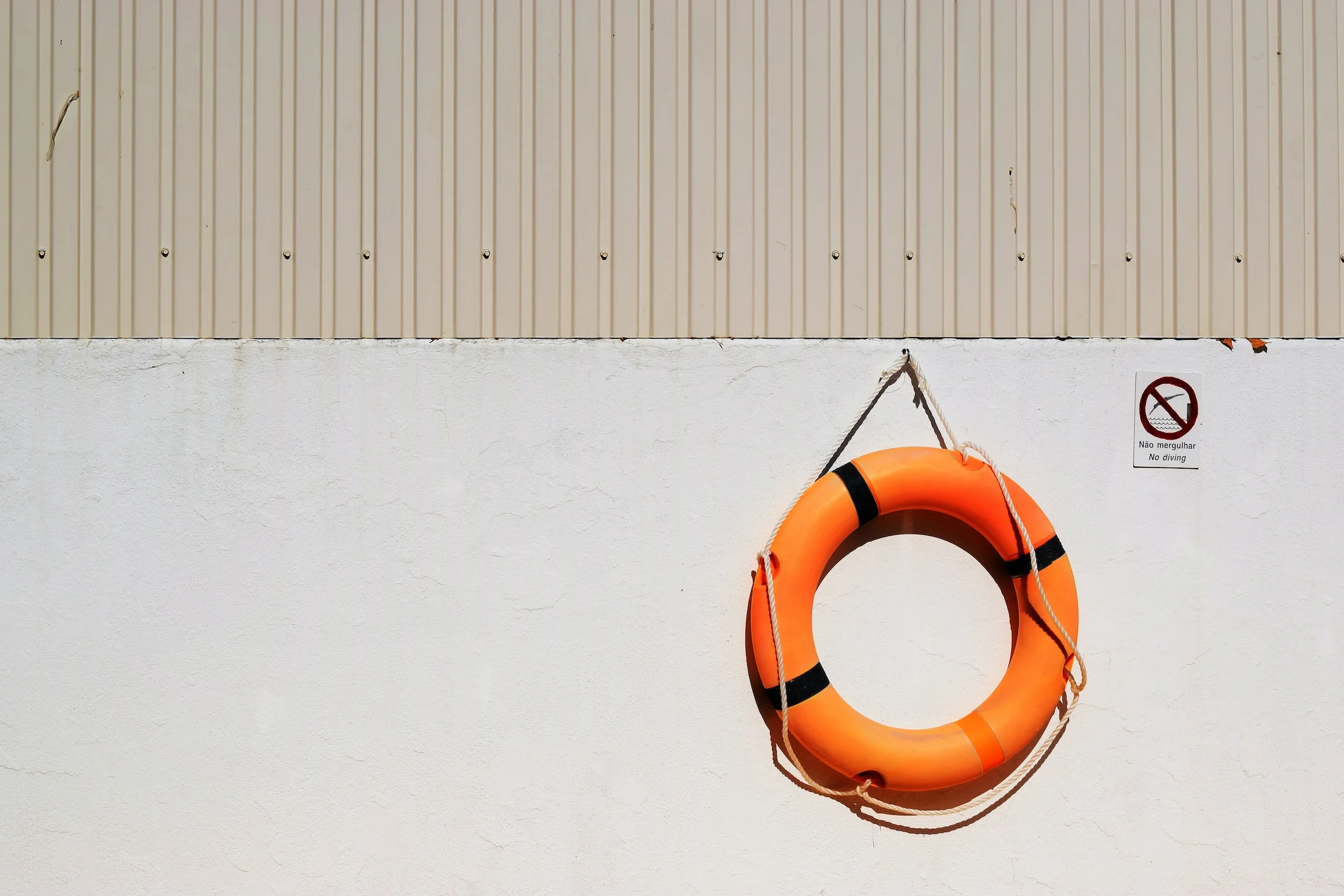

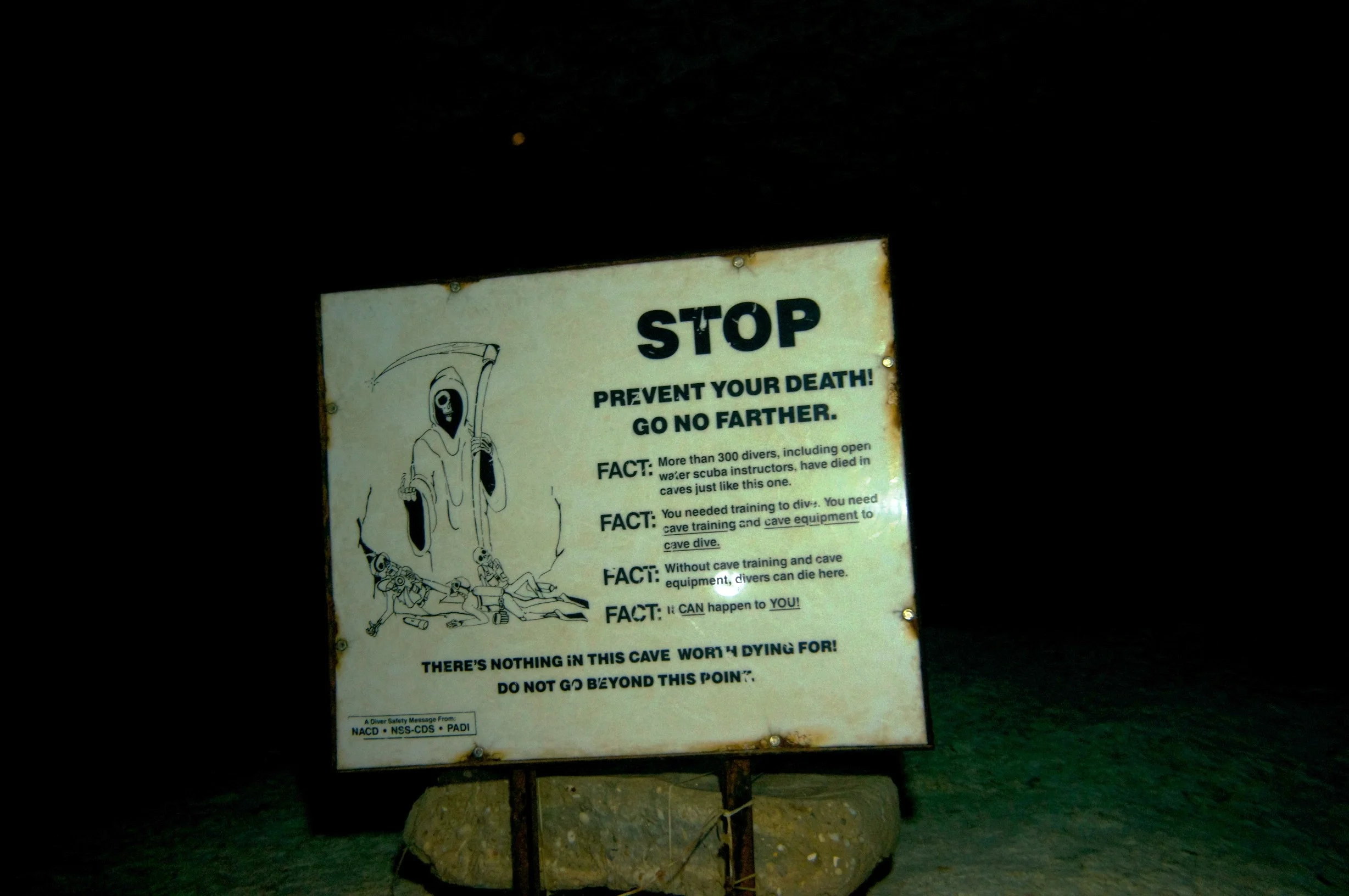

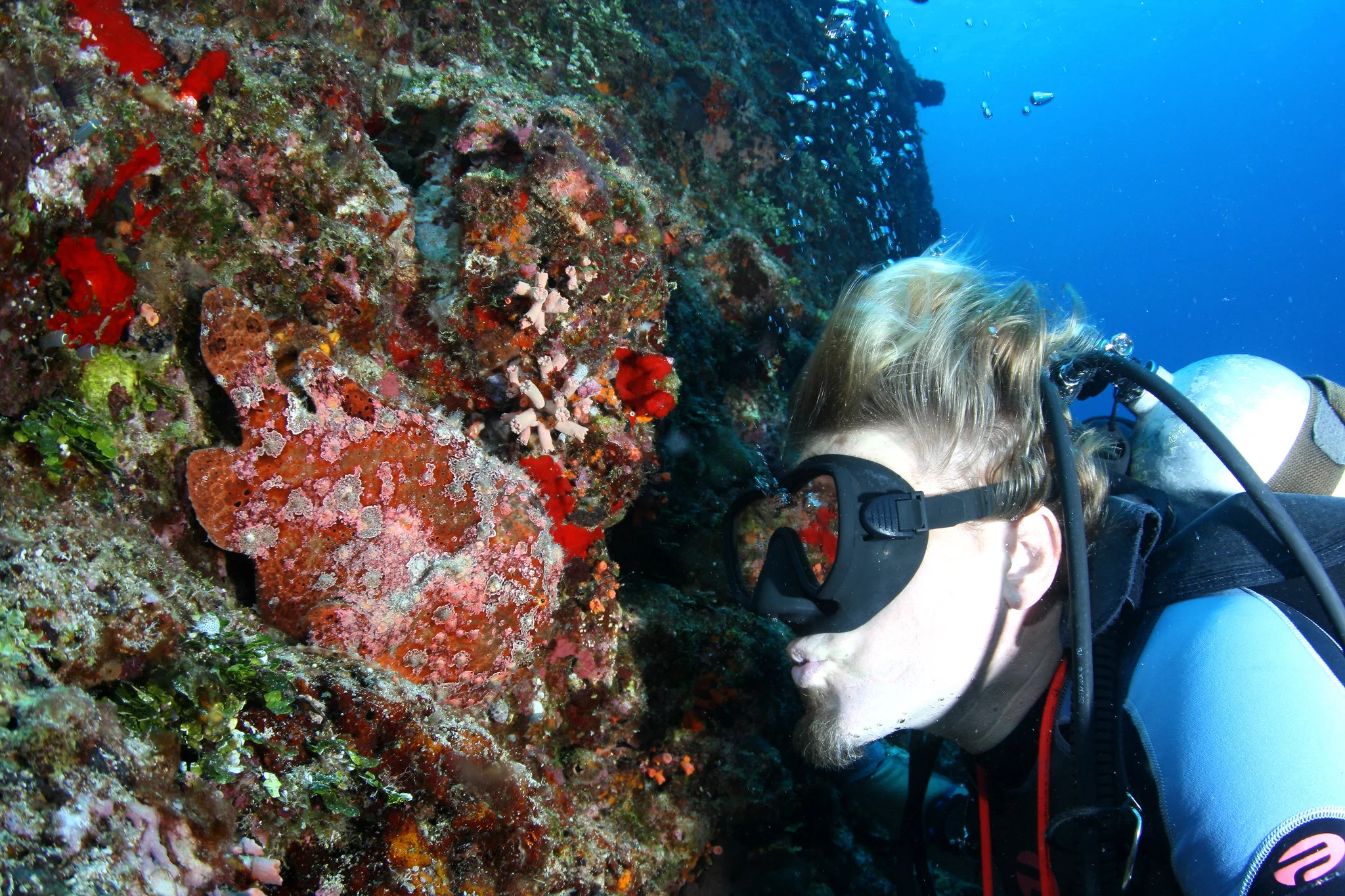



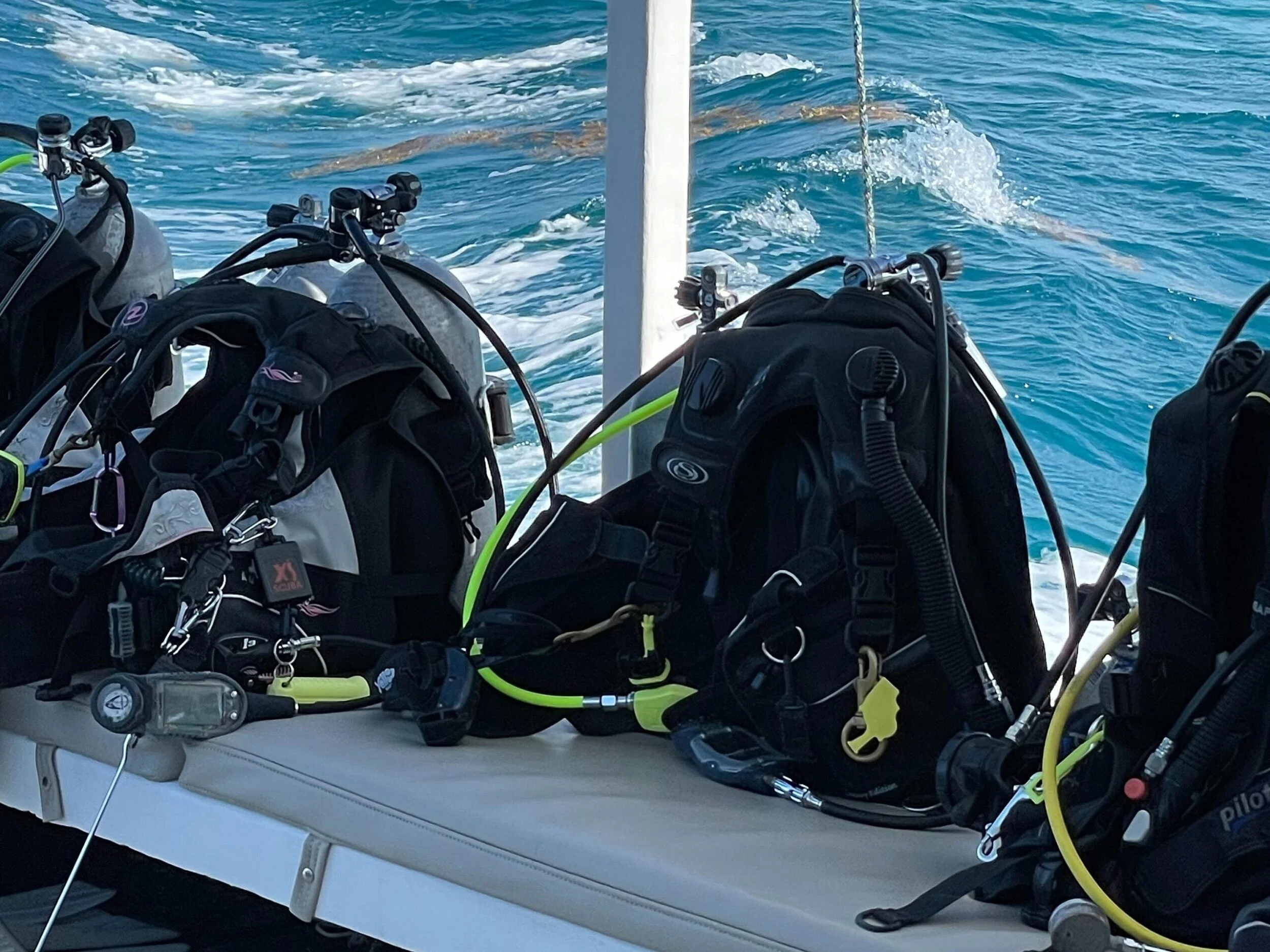
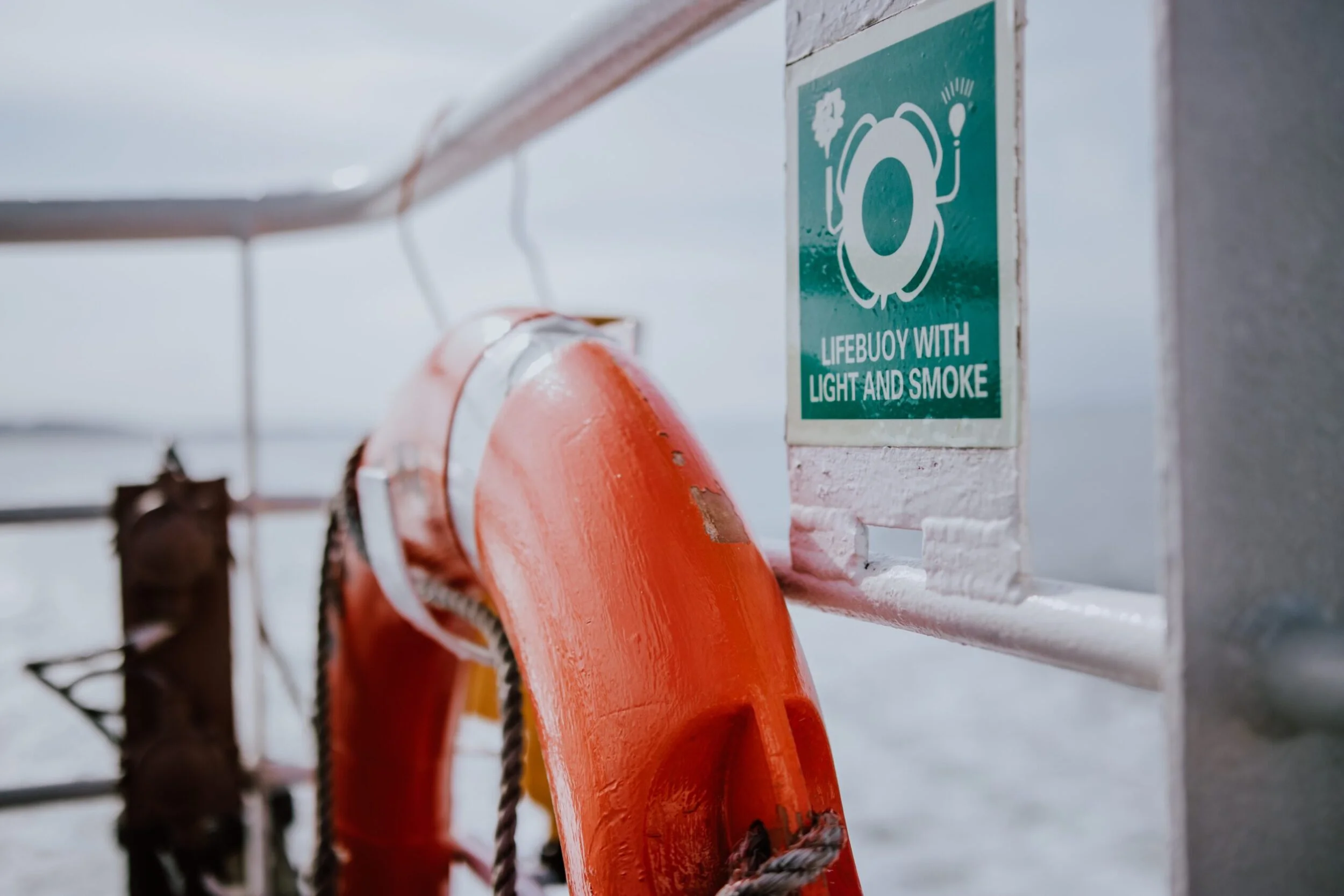


Leave a Reply